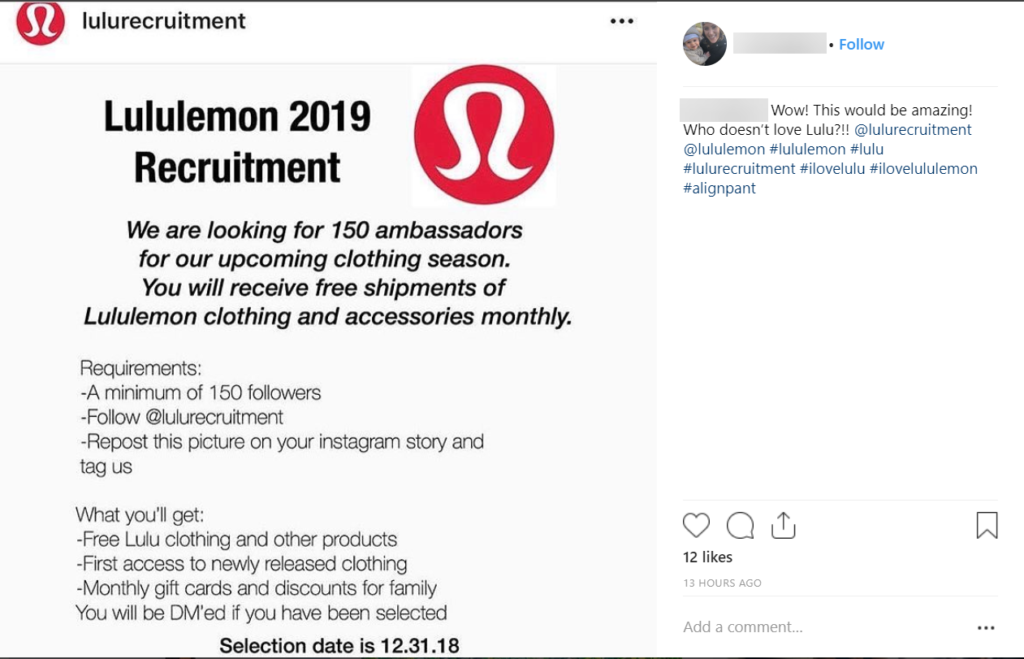What is engagement bait?

In a previous post I described how debunking misinformation is a meaningful civic action. When we discuss misinformation, we often focus on the types that elicit strong emotional responses and are trying to influence political, social or cultural views. There is another common type of misinformation that we should be paying closer attention to: It’s called “engagement bait,” and as the name implies, we engage with it often.
Engagement bait is a type of social media post that is designed to get you to interact with (seemingly) innocuous content through likes, follows, shares and comments. These posts are often created by accounts that have two specific goals in mind: First, build a large following for the account; then, monetize that following.
Here’s one example:

In this image, photo editing software was used to add the weapons. A reverse image search brings up several variations of the picture, along with a link to a Corgi owners discussion forum where the person who took the original photo talks about how it went viral.
As an account like this one accumulates followers, increases engagement and becomes more popular, the owner can use a service such as PaidPerTweet or SponsoredTweets to monetize its following through advertising. Eventually the owner can sell the account — and all of the followers it built up.
At this point you might be asking, “So what? Why should we care about fluff items about cute animals?” After all, these manipulated images of animals or nature scenes seem harmless enough. Social media platforms routinely serve us ads anyway, so we probably don’t notice.
But beware: Some engagement bait posts can leave you vulnerable to identity theft.
Many of us have been tagged by friends to answer questions about ourselves: What was the first concert you went to? What color was your first car? “Tag baiting” is another type of engagement bait, and it counts on you and your friends tagging each other, either in the comments of a post or in a post you share on your timeline, so that the post spreads from friend to friend.
What you may not realize while sharing fun facts about yourself is that many of these seemingly innocent questions are remarkably similar to security questions for online banking and other secure accounts. If you get enough people to respond and share, you have a gold mine of personal information.
In December 2017, Facebook announced that it was taking steps to address five specific types of engagement bait:
- Vote baiting: These often take advantage of Facebook’s reactions. Users will see two options (such as images) and are asked to “like for option 1, love for option 2.” The more people “vote,” the more popular the post appears, making it appear in more timelines. On Twitter this would be “like for option 1, retweet for option 2.”
- React baiting: This is similar to vote baiting, but usually only involves one example in the post.
- Share baiting: A post appears in your feed, asking you to “share” or “retweet” if you like it or agree with it. The more the post is shared or retweeted, the more popular it appears.
- Tag baiting: As noted above, a post asks you to tag a friend in the comments or share the post to your friend’s page. That makes the post appear in your friend’s news feed, where it encourages your friend to tag their friends. The more people get tagged, the more popular the post appears. (Seeing a pattern?)
- Comment baiting: A post asks you to write specific words or phrases in the comments section. As more people comment, the post appears to be more popular.
These types of posts try to leverage Facebook’s news feed algorithms to boost both more typical engagement bait posts (adorable animals, “amazing” nature photos, etc.) and posts for companies, products or services — often for unethical and sometimes illegal purposes. The same is true for Twitter and Instagram, though the engagement obviously varies by platform.
(Since that announcement, Facebook has expanded the demotion of “engagement bait” posts to include those written in 22 languages other than English. The company also is demoting comments that contain engagement bait, meaning that those comments are less likely to appear in users’ timelines.)
Sometimes, the engagement bait is being used to promote a legitimate business or a cause — a form of viral social media marketing. Here’s an example from the DC Extended Universe, promoting the movie Aquaman:

This post is designed to encourage people to follow the DCEU account and generate popularity through retweets — meaning the company doesn’t have to pay for it to be a promoted post on Twitter. Marketing efforts like this are common, but they’re still engagement bait.
Compare the DCEU promotion to this, however:

Several fake Lululemon accounts on Instagram posted an image advertising a fake brand ambassador program. This used a combination of engagement bait tactics, and it was widely shared by thousands of users. (In fact, Lululemon does have an ambassador program, but it is managed through individual stores — not online.) While the account that posted the original hoax no longer exists, the image it created continued to spread. (And the date can be manipulated, so this falsehood could continue into this year and beyond.)
Other social media platforms are also attempting to mitigate engagement bait. Last month, Twitter suspended the @oldpicsarchive account, which routinely posted images that were manipulated, were posted in false context or were complete fabrications. Such posts are debunked daily by accounts — such as @HoaxEye and @PicPedant— that follow engagement bait accounts and use digital forensics skills to debunk false images, hoaxes and other misinformation.
Understanding the difference among the various types of engagement bait is just as important as knowing how to identify news, opinion, propaganda, advertising, entertainment and raw information. It applies the same analysis skills to determine what is true and what is false. The Aquaman post is real, and that can be verified. The Lululemon post is not real, and that can also be verified. Many other forms of engagement bait use manipulated or fabricated images and other forms of misinformation to generate likes, shares and follows; these can also be verified using digital forensics and fact-checking skills.
With most forms of engagement bait, if it looks too good to be true, it probably is — so don’t like, share, follow, retweet or comment on it!